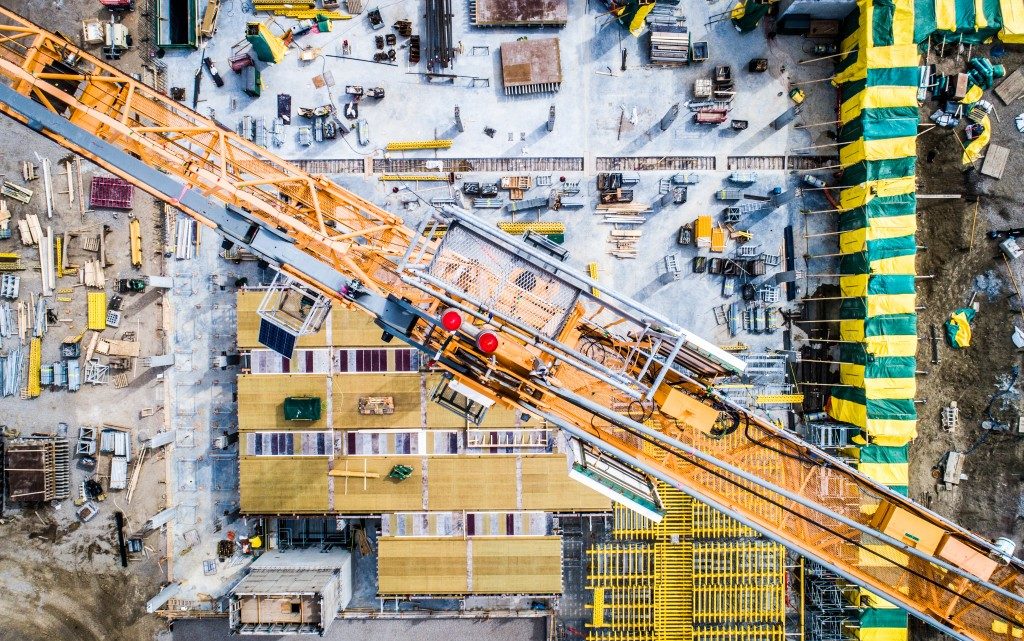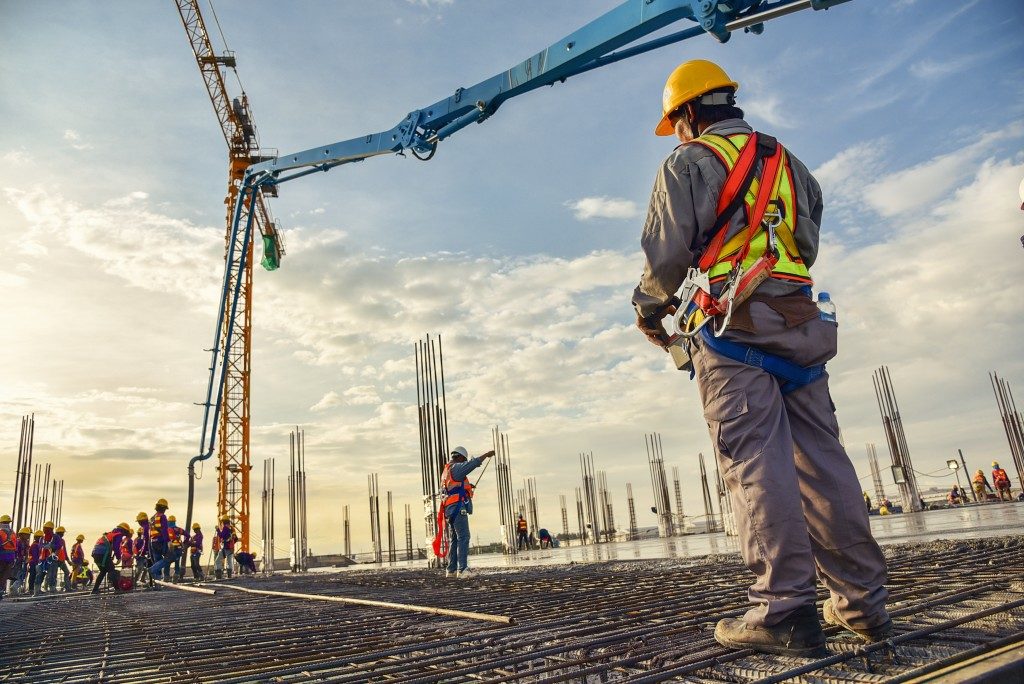In the field construction and development industry, engineers, architects, and builders always attempt to create designs and structures that are better and stronger. They also opt for lighter constructions (if possible) because heavy materials can have other serious implications on structural integrity.
Imagine this: If a structure is heavy and sits on steel beams or poles, there is a great likelihood of deformity and caving in due to the imbalanced weight. Moreover, there should be an allowance and balance in weight because even though a structure is formidable, the chances of gaining additional weight are inevitable due to additional water content in the structure.
There are no engineers or architects that desire their buildings and bridges to be deformed or to cave in with the total accumulated weight of people on it, so making them lighter is the best and safest option. Thankfully, this goal can be achieved with the use of concrete void formers.
Understanding Void Formers
The main material of void formers is polystyrene, a lightweight material with considerable load-bearing capacity. Well, we are not saying that this can withstand the weight of total cars and trucks that are moving in the highway or bridges. But, the load of the concrete is what they can bear up until it settles or hardens.
What Makes Foam Void Formers Better Than Metal Sheet Alternatives?
In pursuit of finding materials for constructing sturdy foundations, builders have tried various items. Although concrete slabs were extensively used for a long period, it was later found that because they consisted of cement, they added too much weight without fortifying structures.
After a while, architects successfully achieved the same level of durability and strength with hollow structures made of foam void formers and steel cables. In fact, architects figured out two completely different methods of forming voids for concrete structures: one type that can be removed after the structure has taken shape and another that can be left in place without leading to any damage due to its intensely lightweight.
Before the prevalent use of expanded polystyrene (EPS), builders utilised flexible metal sheets, which they rolled in cylinders and placed where needed. This practice, however, had a big disadvantage. It’s not easy to shape steel at will. Additionally, back then, the majority of void makers were heavy and cylindrical. Soon, builders came to a conclusion that there’s a big need for a stronger lightweight void maker that is also dense enough for carrying the weight of heavy loads. EPS void formers were the answer to their dilemma.

However, not only are they super lightweight, but foam void makers are also usually left behind instead of being removed after the concrete solidifies. Thus, they consequently add to the monolith’s strength by acting as a filler that protects an otherwise completely hollow structure from breaking in due to impactful movements and shifts. For this reason, architects don’t only use foam void makers to achieve lighter buildings and bridges. They also utilise void makers for stabilising the structures.
Heavy is not always better. In building structures, lightweight materials are often more favored due to the many benefits that they bring to the table in terms of fortifying the constructions. However, with constant innovations in the industry of development, there’s a high possibility that builders will find a wider variety of light void makers in the future.

